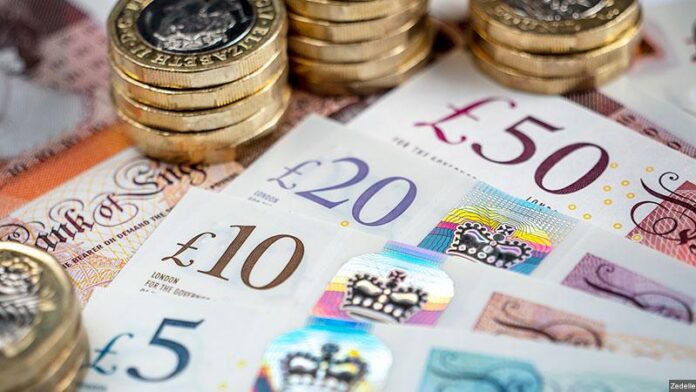Job vacancies has reached a record high but the gap between wages and prices is at his highest in eleven years according to figures out this morning
A record of 1.3 million vacancies were reported from March to May.
The unemployment rate stood at 3.8% in the February to April period, while the employment rate was 75.6% which is still lower than before the pandemic.
The ONS said that the the number of “economically inactive” people – those without a job and not seeking to work – had fallen slightly in the past three months, but was still higher than before Covid struck.
However between February and April, pay excluding bonuses was down 2.2% from a year earlier when adjusted for inflation, the ONS said.
Sam Beckett, head of economic statistics at the ONS, said a “high level of bonuses” was continuing to “cushion the effects of rising prices on total earnings for some workers”.
“But if you exclude bonuses, pay in real terms is falling at its fastest rate in over a decade,” she added.
Matthew Percival, CBI Director for People and Skills, said:
“With pay continuing to fall behind inflation, it’s no wonder that households are forecast to further reduce their spending this year. Urgency is needed to build confidence and ease the risks of a full-blown recession.
“Not being able to hire the people they need is a major drag on business confidence, so the Government should immediately allow firms to use their Apprenticeship Levy to tackle shortages and update the Shortage Occupation List.”







